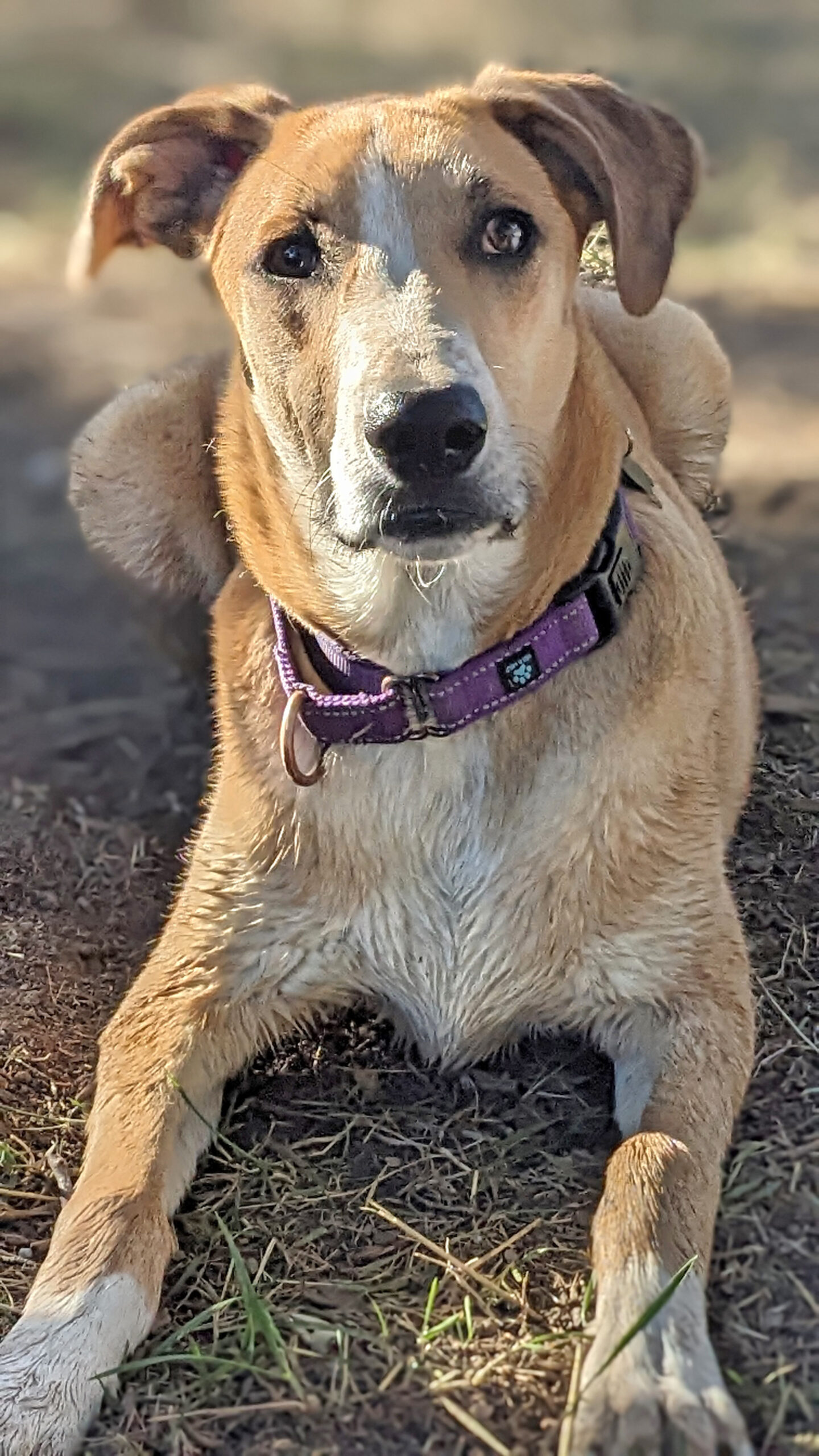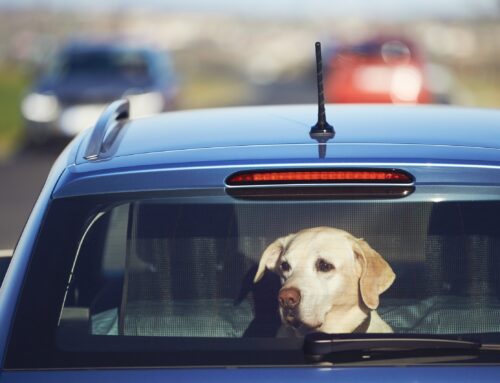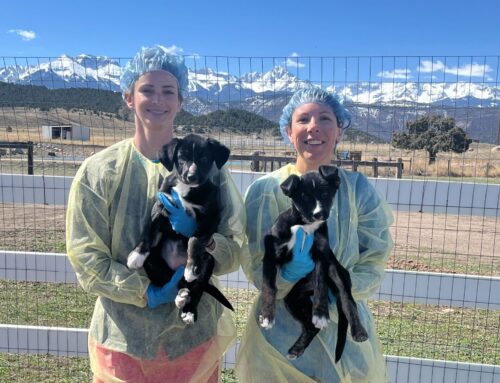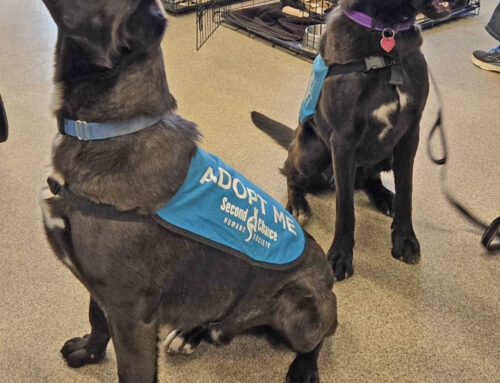Anticipation and excitement are palpable as we wait for the winter ahead. Getting out in the snow and cold is second nature to those living in the mountains as you know what gear you need to make winter adventures comfortable and enjoyable. But what about your dog?
Winter hiking, biking, or cross-country skiing with your dog means you need to bone up on what he might need to stay comfortable. As the saying goes, there’s no bad weather, only bad gear.
Each dog is different and has their comfort level. Regardless of breed, watch for signs that they are uncomfortably cold including shivering, tucked tail, whining, reluctance to move, lifting paws, or showing general anxiety.
Does your dog need a coat? Besides being adorable, dog coats, sweaters, jackets, vests, and rain gear serve a purpose. Generally, large dogs with thick, dense coats are well protected from the cold. If your dog is predominately a mix of malamute or husky, they will probably never need a coat. Candidates for a jacket or coat are small dogs, short-haired canines, short-legged dogs, dogs who are groomed to have short coats (poodle-type cuts), lean-bodied dogs, senior dogs, and puppies. There are many options out there from stylish light sweaters to expedition-weight coats. Make sure you get the right weight, size, and fit for your dog.
 Winter means you must protect the paws (and noses)! For noses, keeping them moisturized is important. A common assumption about dogs is that their paws are tough and can handle any surface, including snow. Not true. Dogs’ paws can chap, crack, and bleed in the winter. Snow can cause snowballing and ice build-up in between toes, which is painful. If you notice your dog limping during a winter hike, this could be the reason. A good paw wax or balm is recommended. An alternative to paw balm is dog boots. Many dogs refuse to wear them or have trouble keeping them on their paws (we’ve all seen the hilarious videos), but they work great for some pups. It can take a while to become accustomed to wearing them, so practice indoors before going out.
Winter means you must protect the paws (and noses)! For noses, keeping them moisturized is important. A common assumption about dogs is that their paws are tough and can handle any surface, including snow. Not true. Dogs’ paws can chap, crack, and bleed in the winter. Snow can cause snowballing and ice build-up in between toes, which is painful. If you notice your dog limping during a winter hike, this could be the reason. A good paw wax or balm is recommended. An alternative to paw balm is dog boots. Many dogs refuse to wear them or have trouble keeping them on their paws (we’ve all seen the hilarious videos), but they work great for some pups. It can take a while to become accustomed to wearing them, so practice indoors before going out.
Along with natural hazards like snow and pebbles, the chemicals used to melt snow on the streets can be irritating and cause sores on dogs’ paws. Clean paws after a walk with a wet rag or better yet, special wipes designed for pets.
Does your dog need goggles or sunglasses? On sunny winter days, the reflection off snow can cause eye injuries in dogs and humans. Certain breeds (short-faced dogs with prominent eyes), dogs with white faces, and dogs with light-colored eyes are most susceptible to eye damage. We humans use sunscreen and sunglasses all year round, and that’s also recommended for dogs. This is especially important if you spend time at high altitudes where the UV rays are even stronger.
Let it SNOW!!

Milo would love to be your hiking buddy- summer, winter, spring, and fall. He’s under a year old and is a little over 50 pounds. He can be slightly shy at first but then is silly, extremely affectionate, and easy-going. Milo gets along great with the other dogs at the shelter. He loves to play chase and be chased. He also really likes hiking, wading in the pond, and rolling in the grass.
Second Chance Humane Society’s Animal Resource Center and Shops have served San Miguel, Ouray & Montrose Counties since 1994. Adoption hours are Wednesday through Sunday from 11 a.m. to 5:30 pm. View our shelter pets and services online: www.secondchancehumane.org








Leave A Comment